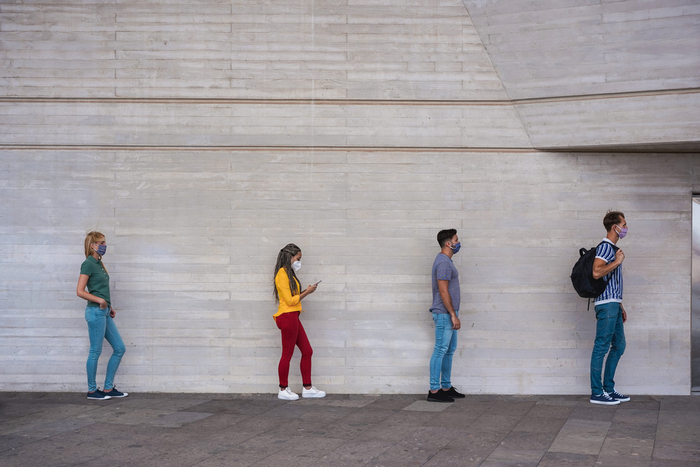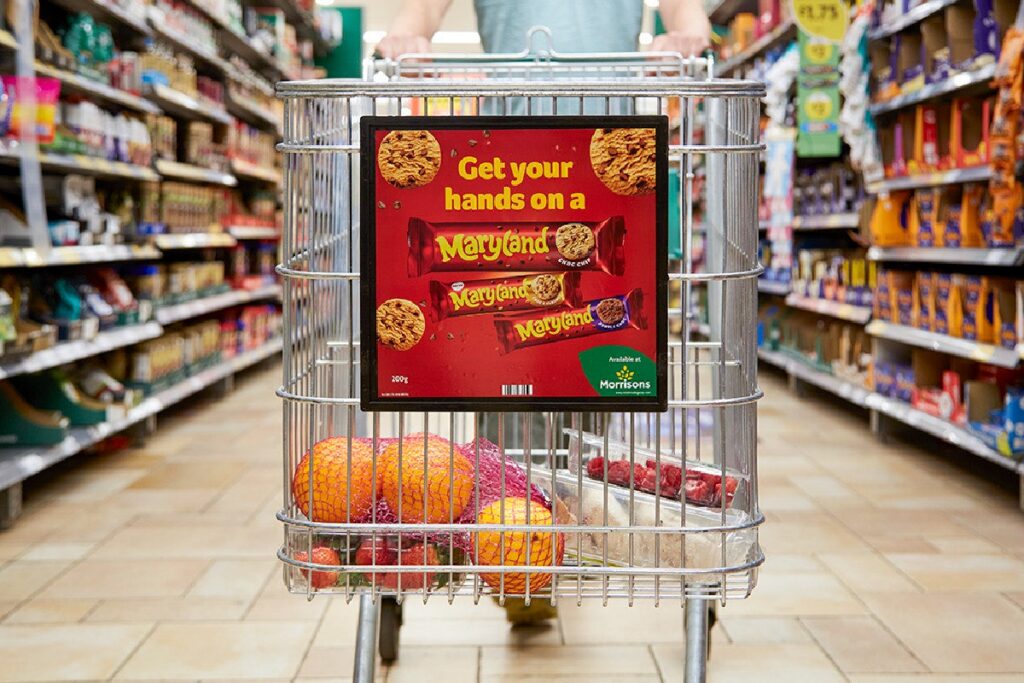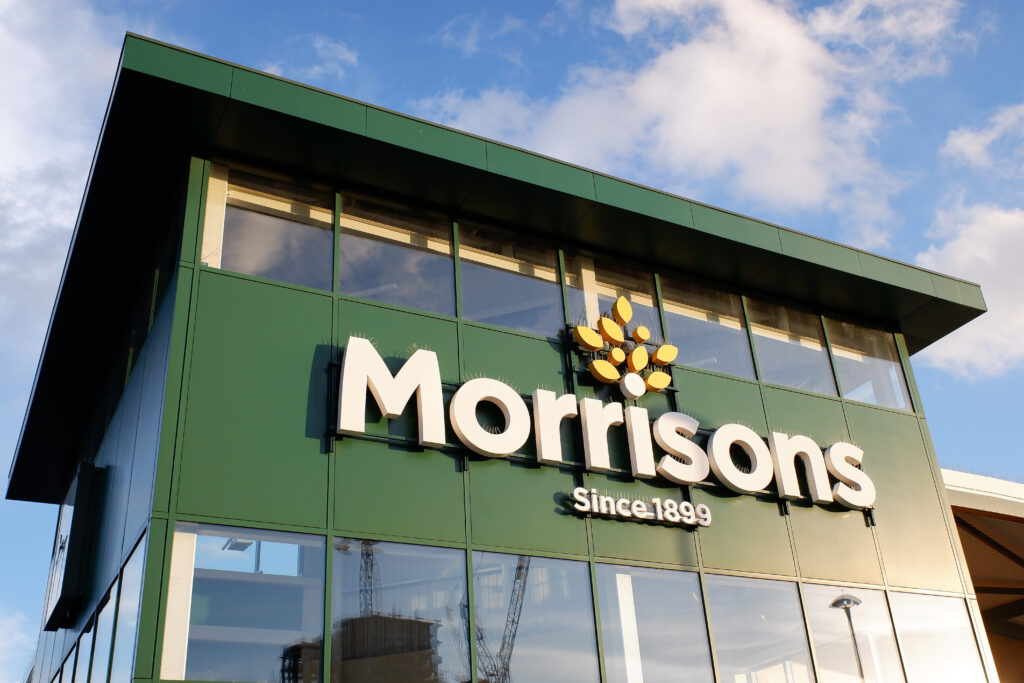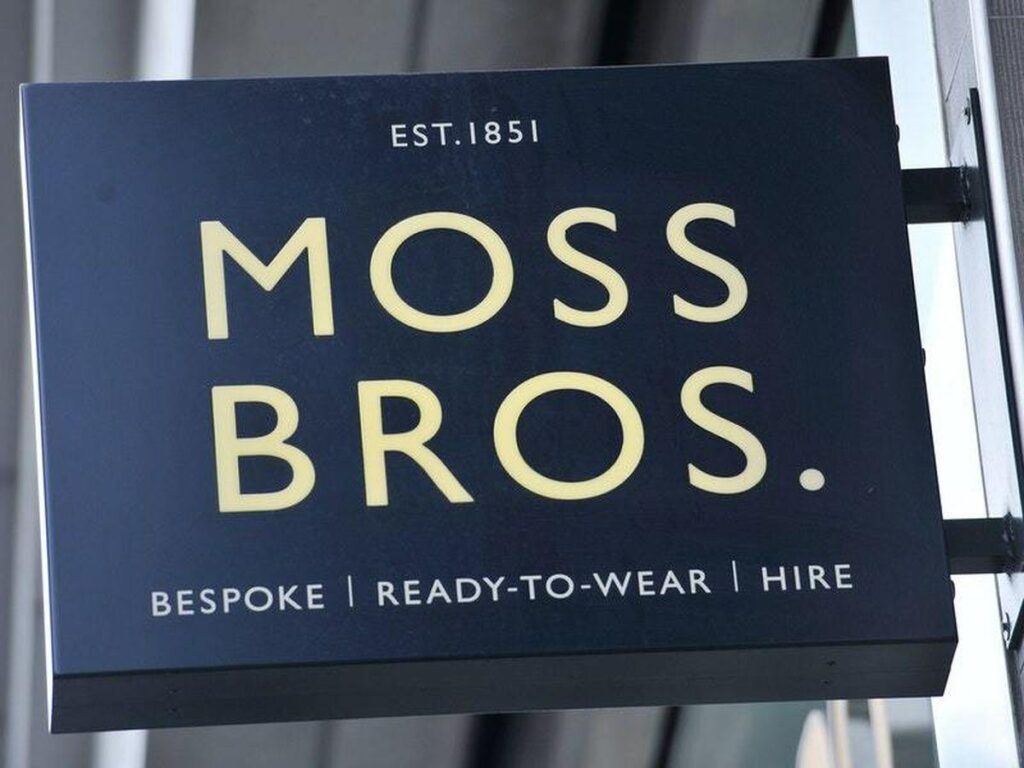The average person will spend 47 days queueing over the course of their lifetime, according to a poll commissioned by software company Kurve Kiosks.
In 2015, retail tech firm Box Technologies found in its report that 86 per cent of Brits will avoid a store if they deem the queue too long. Meanwhile 70 per cent are less likely to return to a store if they experience long waiting times on just one occasion.
Half a decade later, the Covid-19 pandemic has undoubtedly led to a new wave of shoppers who have become more demanding than ever as technology continues to modernise retail.

The second lockdown in England has just entered its final of four weeks, and 11 council areas across Scotland – including Glasgow – have just entered localised lockdowns for three weeks. Meanwhile, Northern Ireland is preparing to enter a two-week lockdown from tomorrow. In all scenarios, non-essential retail will temporary close.
One of the biggest challenges that bricks-and-mortar retail faces due to official social distancing guidelines is queuing. Although customers shopping for fashion or electronics can easily buy them online – during lockdowns or not – non-essential retailers may still be facing the challenge of long queues as they reopen in time for the busy trading period in the run-up to Christmas.
Despite this, essential retailers – such as health and beauty services as well as grocers – are more likely to bear the brunt of the challenge around reducing queues, especially if they’ve had to find ways to manage them as they remain open during lockdown.
In the lead up to the festive period, queueing outside in the cold weather is bound to cause problems for consumers and many may resort to ecommerce when purchasing their goods.

“A significant number of shoppers have adapted to the ease and convenience of online shopping and will continue to avoid physical stores for the foreseeable future,” said Tony Preedy, managing director at online marketplace Fruugo.
“The expected reopening of non-essential physical shops in December will offer a much-needed respite to many businesses, ensuring many retailers can continue to trade and benefit from the last stretch of holiday shopping.”
He added that although there may be overcrowding in the short term, retailers must not lose sight of ecommerce and think they can simply go back to old ways of operating.
“Those who do have an ecommerce side of their business, whether through their own website or marketplaces, need to focus on maximising sales through those channels, and to as large of an extent as possible have their stores integrated with online operations to enable them to act as a network of distribution centres that offer either ship-from-store or click-and-collect capabilities,” Preedy said.
Ciaran Bollard, chief executive of digital commerce firm Kooomo, said high street stores and ecommerce sites both provide a different experience for consumers.
“Physical stores allow for instant gratification, while an ecommerce site supports convenient shopping by helping customers to avoid stressful crowds and annoying queues in-store,” he told Retail Gazette.
Bollard suggested that the click-and-collect option has become a vital component for any successful bricks-and-mortar retailer, as it takes benefits from both methods of shopping to create an ideal scenario for shoppers.
Retailers such as Next, Pandora, Swarovski, Perfume Shop, The Entertainer, New Look, and Decathlon are just a handful of examples of retailers offering click-and-collect in an effort to serve customers despite store closures from lockdown.

However, click-and-collect may not be the answer to reducing queues once shops reopen. Customers may want to visit physical retail when they can have the chance, rather than shop online first.
Bollard said retailers should provide customers the option to buy across all available channels to help retain customers.
“Every online retailer should ensure they offer customers omnichannel support alongside an easy mobile purchasing experience, in addition to purchases from marketplaces and as many places as possible,” he said.
Julian Fisher, chief executive of marketing and payment solutions firm Jisp, said solely focusing on online channels is not the answer.
“The end of the first lockdown was proof of this,” he explained.
“With the Eat Out to Help Out scheme and retail businesses reopening safely, we saw high streets busier than ever, with people craving social interactions and physical shopping experiences.”
Mark Dodds, chair of the Chartered Institute of Marketing’s food, drink and agriculture sector interest group, said the management of queues would be important as England comes out of lockdown.
“With a competitive market, retailers may find that people have little patience for waiting unless there is some benefit or distraction to keep them entertained to ensure that the customer experience is a pleasant one,” he told Retail Gazette.
“If queues and one way systems are the new norm, there will be less ‘browsing’ and impulse buys, so the role of the staff will be paramount in managing expectations and ‘upselling’ once the customer is in-store.
“Retailers may need to employ personable ‘queue marshalls’ who could engage with those in the queue from a two metre distance and highlight some of the products they have in the range, in which they are interested via a tablet.
“The Marshall could start to show them the range and any offers before they enter the store – engaging the customer and potentially reduce the overall time they spend in the store to increase throughout.
“A significant number of shoppers have adapted to the ease and convenience of online shopping”
“They could also check whether they have the required sizes in stock, which would undoubtedly ease the shopping experience.”
Dodds added that it would be difficult for retailers to be able to govern the number of people who turn up at one time.
“Customers are unlikely to want to make appointments in advance, and practically speaking, retailers may need to learn a lesson from theme parks with ‘time to get into the store’ signs, so that people have an idea of how long they will be waiting,” he explained.
“Once shops have settled down, it would also be useful to let customers know which times are the busiest at their local stores, so they could avoid the queues as much as possible, possibly on their websites using automated counters and real-time data.”
On the other hand, Bollard said the increased use of online shopping in the wake of the pandemic has highlighted the weak spots in the online grocery sector.
“The grocery industry has historically been one of the most challenging to migrate into an online environment,” he said.
“In Ireland and the UK, online grocery has lagged behind other ecommerce categories. This is due to the added costs that come with doing the weekly shop online as well as complex grocery logistics.”
Indeed, online grocery shopping in the UK had been slow to grow prior to the pandemic as customers worried about order problems and delivery charges. Mintel found in its report last year that 42 per cent of older people had never bought groceries online and had no interest in doing so.
Most recently, Marks & Spencer – which traditionally caters for an older demographic – started its partnership with online grocer Ocado in September to offer home delivery for its food and grocery business while also having access to Ocado’s technology and delivery logistics. The partnership was first announced before the pandemic, but with stores losing footfall due to lockdowns and other ongoing restrictions, when the M&S-Ocado deal finally came into fruition two months ago, it presented a whole new channel of shopping for M&S.
However, for customers who wish to travel into supermarkets, many grocers already offer “scan and go” systems – in an effort to battle long queues – which provides customers an even-faster experience than self-checkouts.

“The use of scan and go apps are increasing in popularity as they become more user friendly, however, some consumers will still find them difficult to use and will prefer to engage with store assistants at a till point,” said Richard Allen, director at software company Infinity Works.
“Even when lockdown restrictions begin to ease, many consumers will be hesitant about returning to stores and will expect quick, easy and, most importantly, safe experiences.
“Technology is widely available to help retailers speed up their payment and checkout flows, monitor the number of shoppers in-store, and provide a click-and-collect service that ensures a contact-free experience.
“Virtual queuing systems, which send alerts to customers when it’s their time to be served, will help prevent queues forming and are likely to become the norm in 2021.
“Intelligent use of collecting and applying data will be key to providing customers with a better ‘in and out’ experience and limit the chances of long queues forming.”
While 2020 has been turbulent and challenging for the retail sector, the crisis has taught businesses a lot about evolving consumer behaviours and the best ways to serve shoppers’ needs. This is why having the right technology in place provides a major advantage over competitors in the current environment.
By introducing additional tills and providing an efficient checkout process, retailers can ensure that they are able to deliver the experiences that their customers are most comfortable with.
To handle demand during the festive period, retailers may have to utilise their data to optimise supply chains so as to ensure the maximum amount of deliveries are made at the lowest mileage. Touchless click-and-collect services will also play an important role this Christmas to help prevent delivery slots from overfilling.
Retailers should also be communicating with their customers and encouraging them to do their shopping earlier than usual. Those that look beyond traditional retail models, embrace technology and focus on reinventing the customer experience will likely thrive not just this Christmas, but also in a post-pandemic climate.
Click here to sign up to Retail Gazette‘s free daily email newsletter


















